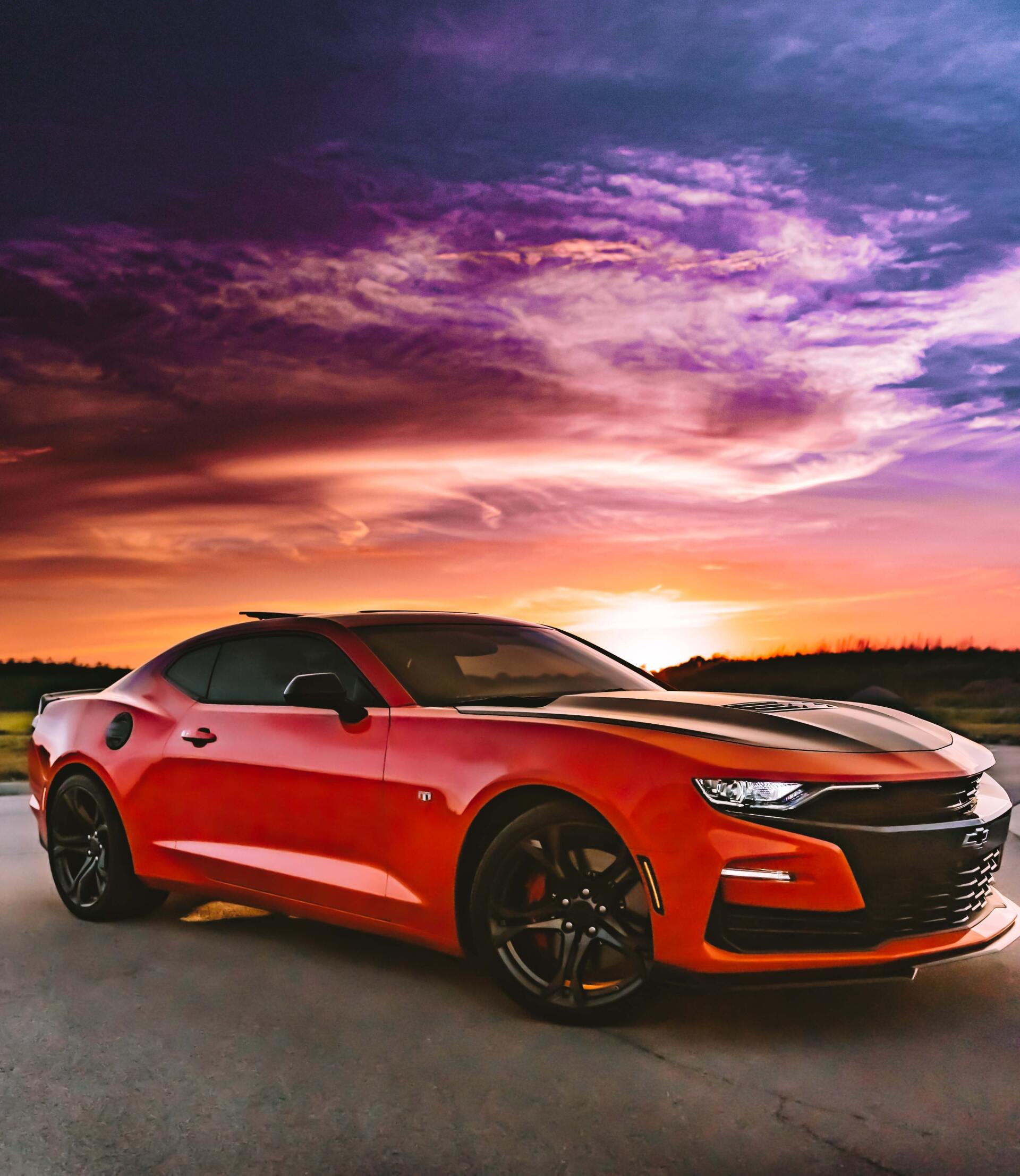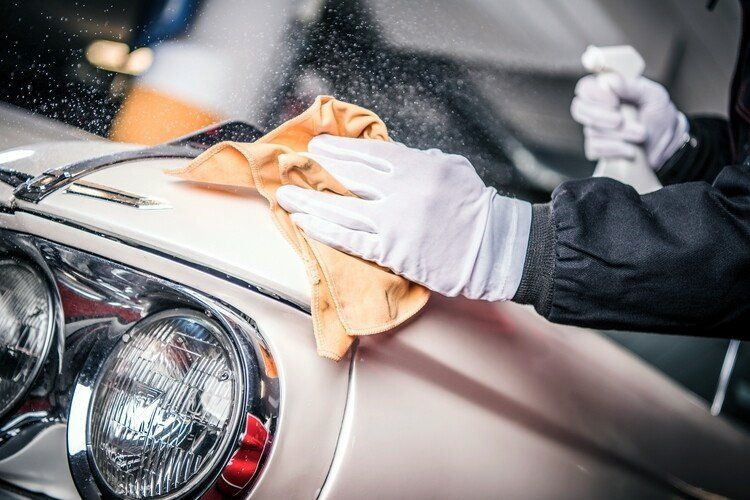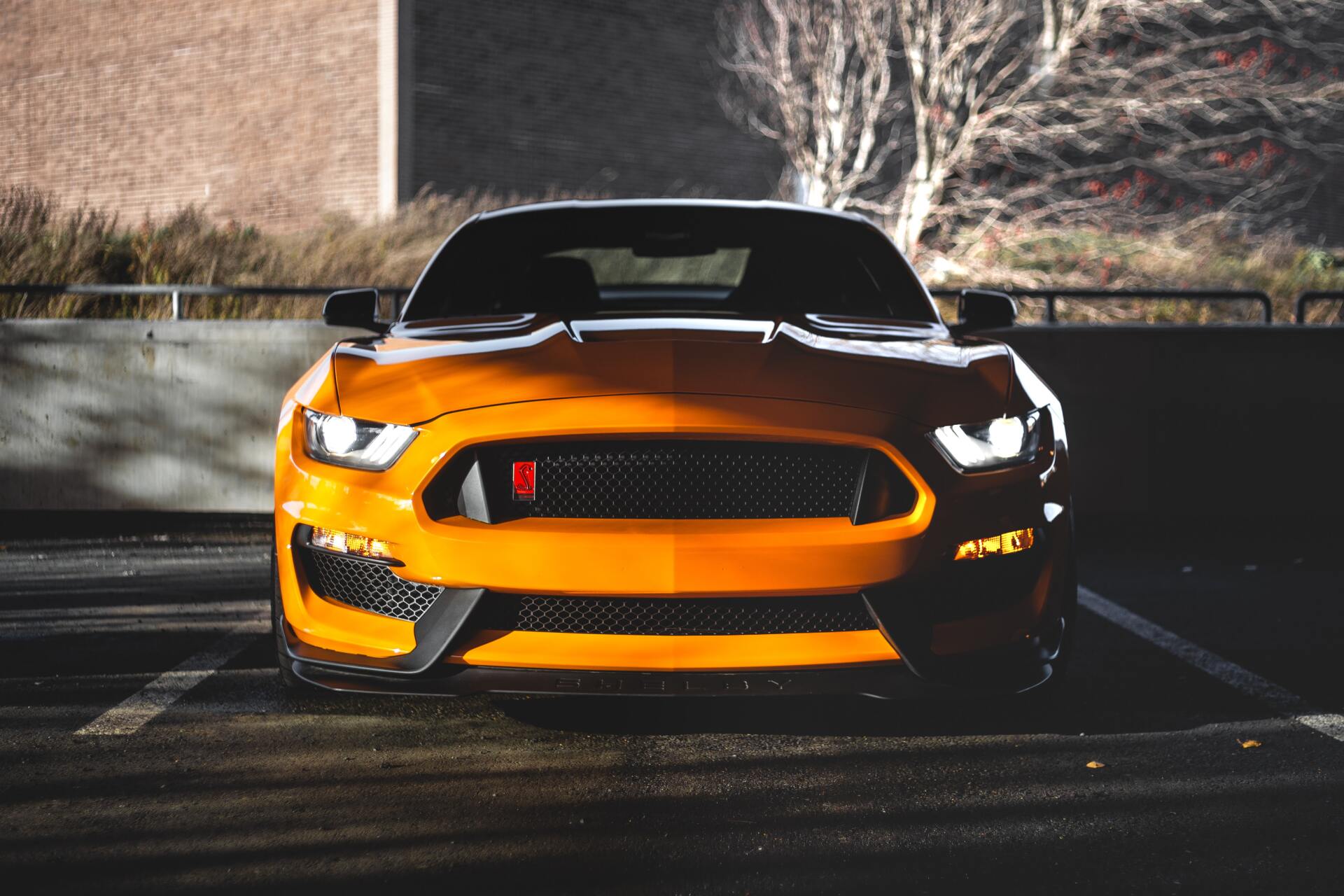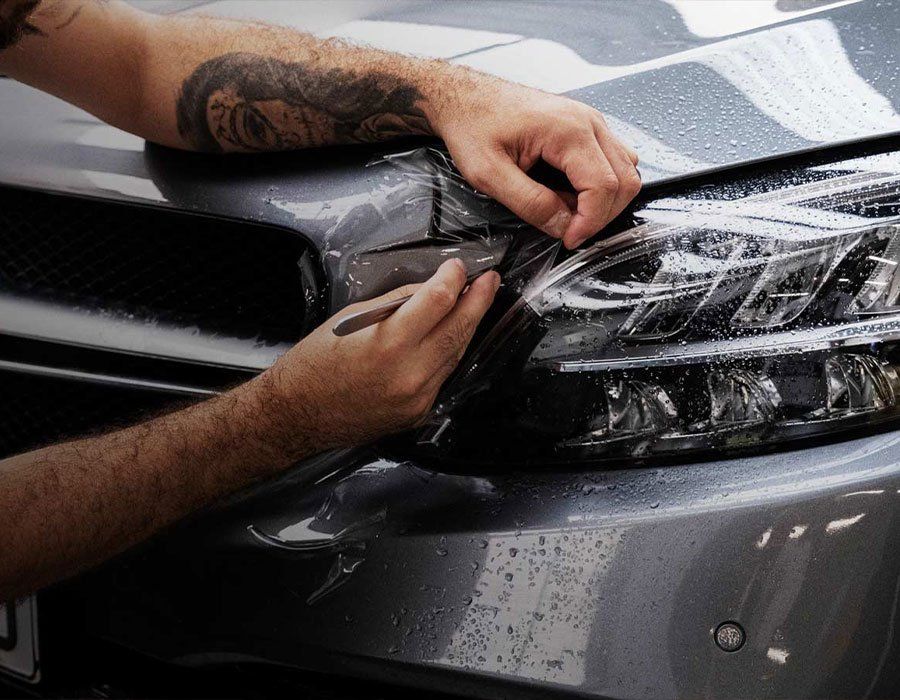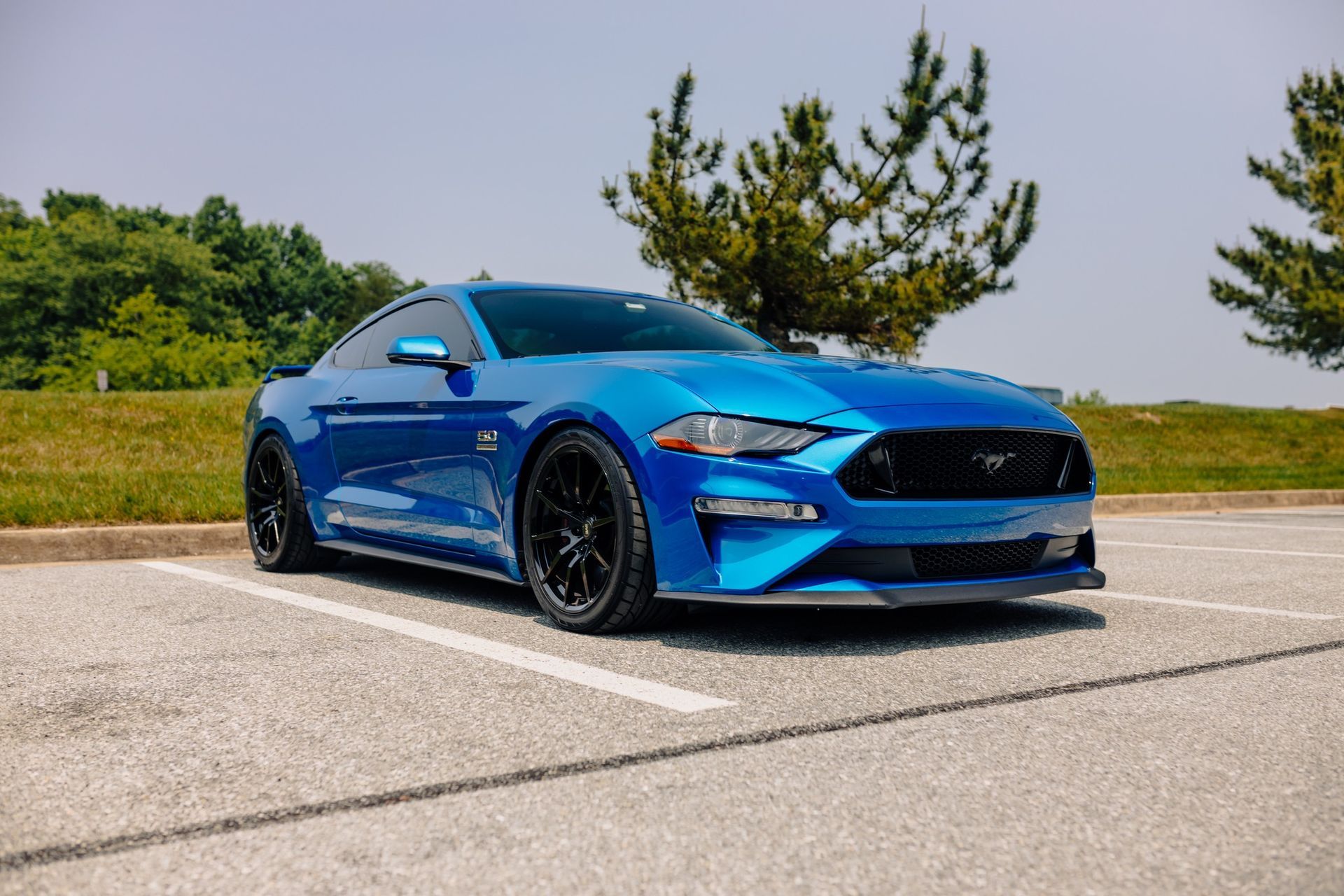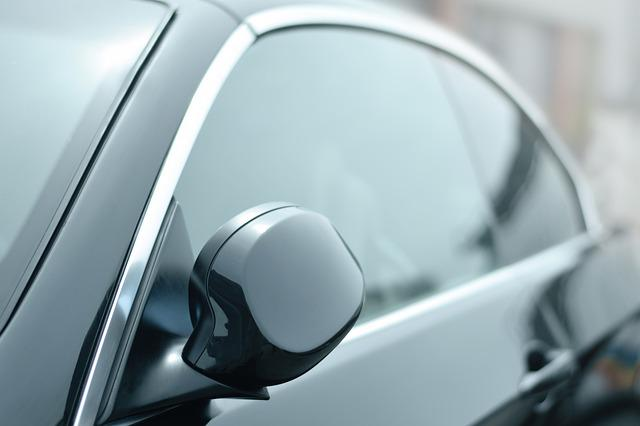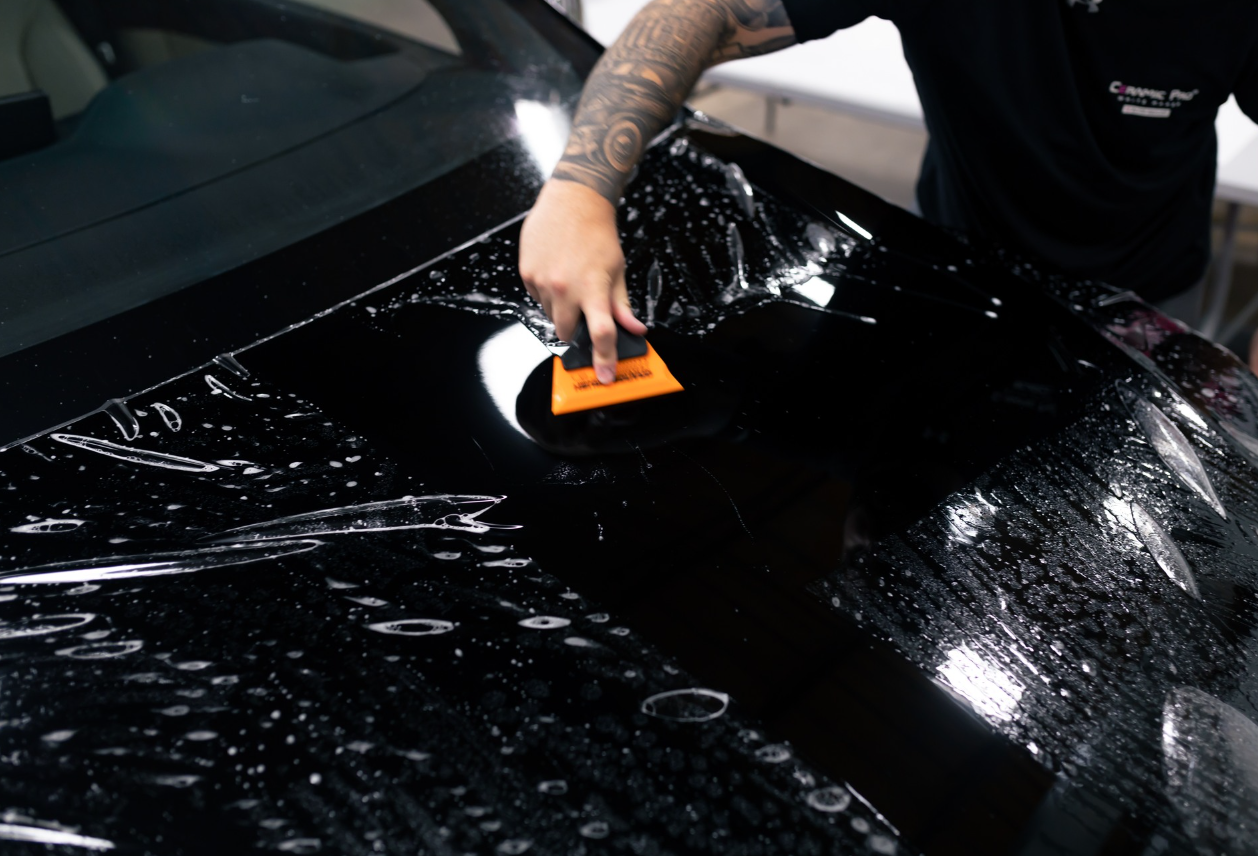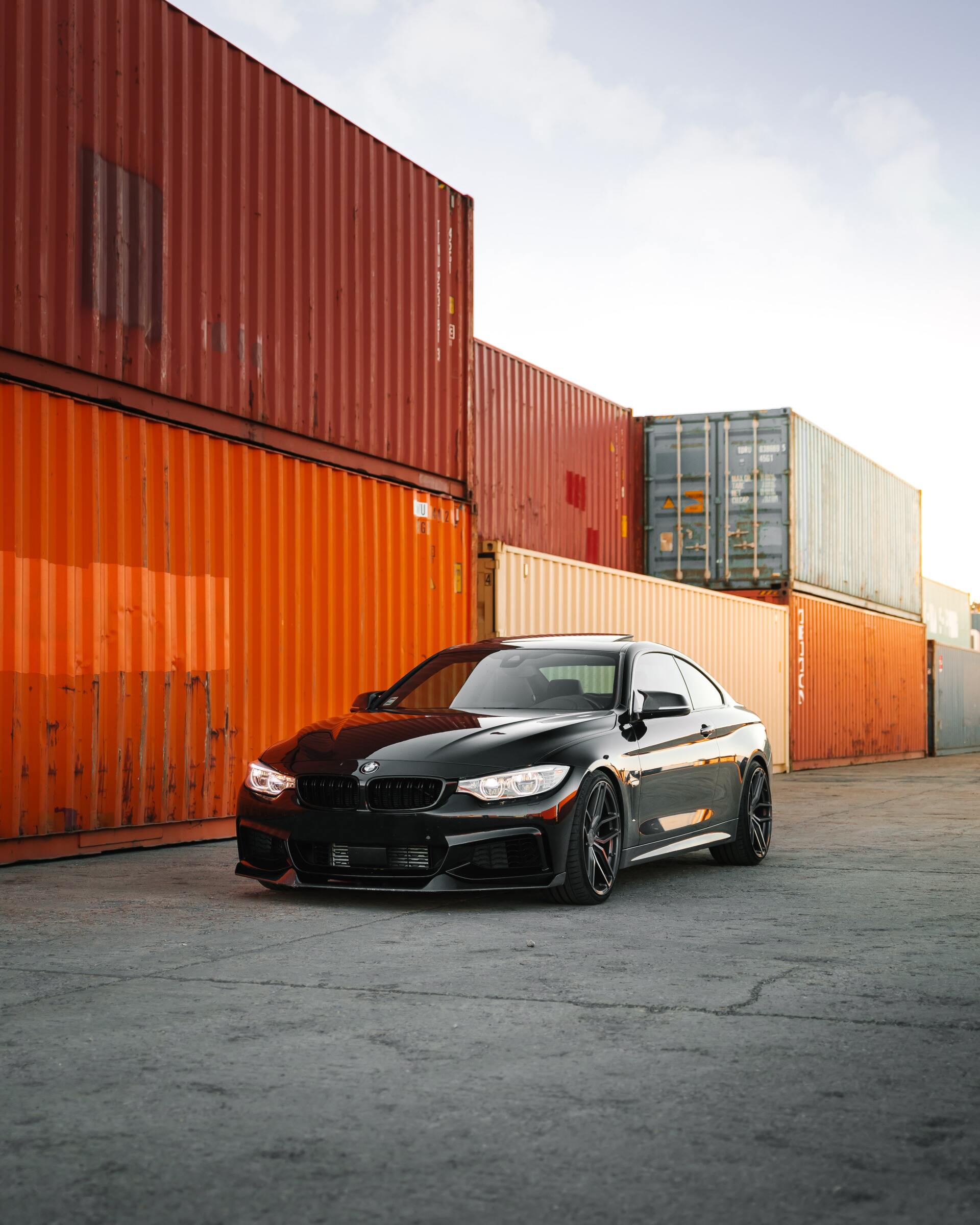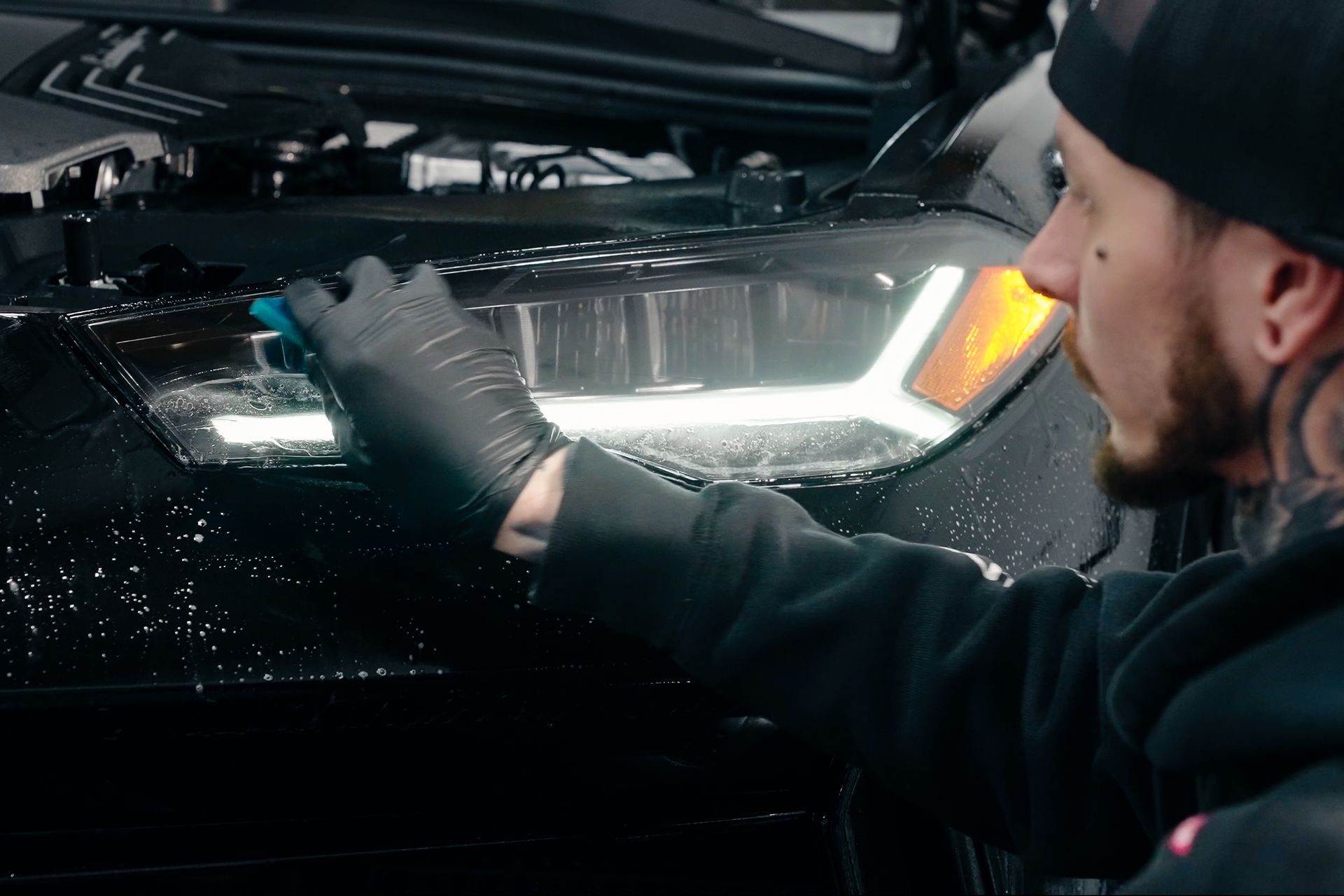Whether you purchased a brand-new car or one that was "new to you," you must protect your investment. It usually entails keeping the car's paint in the best condition possible, which can be trickier than many people believe.
As you travel along the roads and highways, you will most likely come across rocks, debris, garbage, and other roadside objects, which may cause rock chips or minor scratches on your car's paint. If this happens frequently, you may need to hire a professional for paint correction, which can quickly add up. So, what should you do?
Paint Protection Film
Because the primary goal of protective paint films, or PPF, is to protect what's beneath the vehicle's surface from light scratches, UV exposure, toxins, chemicals, and road grit, now is the best time to install paint protection film or elastomeric polymer film.
PPF, also known as a paint protection film, is a polyurethane-based material. It is clear, and some premium varieties can recover immediately if the car's surface is scratched.
What is Paint Protection Film?
Because paint protection film was not used in previous decades, you may be wondering why it is even necessary for a car surface. Car manufacturers have begun to use water-based paint because it is more environmentally friendly and complies with EPA regulations. Although water-based paint is better for the environment, it is more prone to scratching and chipping. In this situation, applying protective coatings is critical.
Clear bras, also known as paint protection films, are thermoplastic urethane films. They are expertly applied to your car's painted surfaces for protection, including the body panels, roof, hood, and trunk. The PPF film clear coat shields the paint from minor dings, scratches, and staining.
One of the primary benefits of the PPF surface is its self-healing ability, which will affect your entire vehicle. The PPF installation has self-healing properties, allowing it to resist chips and stain marks in your vehicle. You can enjoy the look of a single installation for many years.
What Are the Benefits of Paint Protection Film?
Superior defense against corrosion and chemicals
Several layers of material are infused into the self-healing protective films, each acting as a barrier to keep harmful impurities or chemicals out. It also provides better stain resistance and reduces paint damage from stone chips.
Minor scratches will self-heal
Self-healing capabilities are available in the majority of the best automotive paint protection brands. It implies that a detailer can remove minor scratches with direct heat or a blown heat gun. Some PPFs use nanotechnology to quickly repair minor scratches.
They create a better finish
While some PPFs may improve the sheen of your car, others are glossy or matte. You can instantly create a spectacular and unique external look and appeal by applying a matte film to high gloss paintwork.
No glue stains and minimized orange peel
When you install paint protection film, some films frequently leave glue stains on the vehicle's surface. Some high-end proprietary glues do not leave an orange peel, stretch marks, or other stains.
Resistant to high temperatures
Some of these paint protection films use nanotechnology to create a heat barrier that prevents radiation from reaching the materials on the car's surface. This unique feature keeps your headlights from fogging up or fading while driving, ensuring your safety.
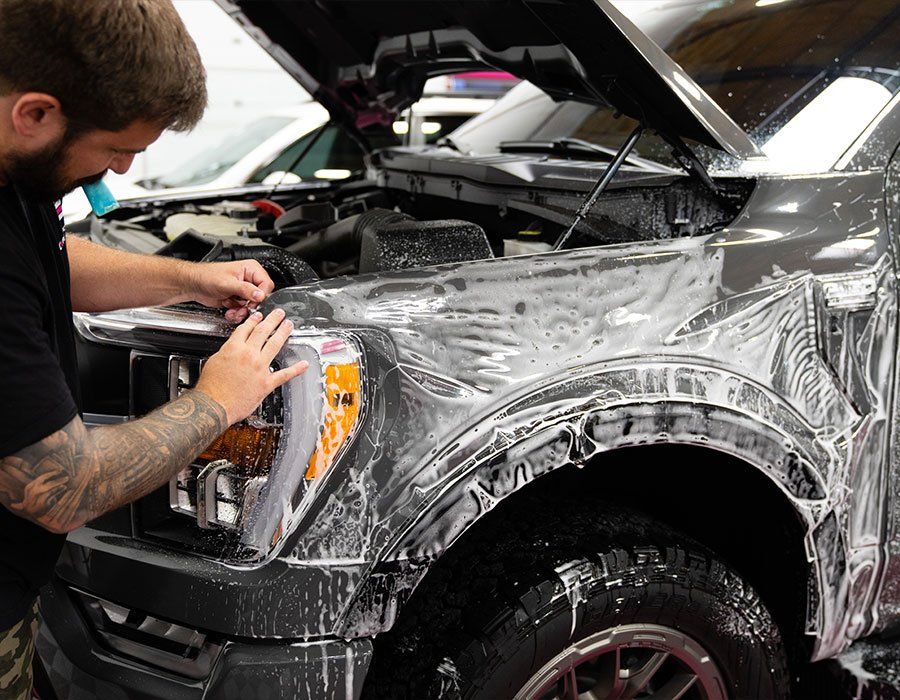
Tips To Keep in Mind During PPF Installation
According to experts, to bend vinyl edges, use Teflon squeegees and strong polyurethane squeegees. Any application tool that is used must have the proper edges and be kept clean. The toll must have pointed edges.
The purity and quality of the water have a direct impact on the installation's quality. It is also critical to maintaining the cleanliness of the water sprayer.
Uneven stretching can damage or break any film, including protective paint film. The film must be stretched carefully and uniformly. It must be stretched once it has reached the surface. It should not be raised after stretching to avoid the formation of air bubbles under the film. When the material is elevated, the likelihood of uneven stretching increases because it absorbs heat more quickly. A failed application is indicated by broken lines or reflections on the final installation surface.
Use an alcohol solution or clean water for small, easy-to-apply parts like door handles. For medium-sized, moderately difficult parts, however, a combination of soapy water and an alcohol solution should be used. Use the alcohol solution along the edges to create stronger adhesion.
You should apply a lot of heat to the PPF's edges. When the edges are bent, the temperature of the PPF can rise above 80 degrees Celsius.
Just before installation, the previous layer of PPFs must be removed. To prevent the PPF film from scratching, the surface should be wet with fluids during application.
Preparing the Surface for PPF Installation
Before applying your film, you must first prepare the surface. This prep stage is largely the same whether you're using installation gel or slip solution. You must do the following:
Cleaning Your Hands
Any car detailing professional will tell you that the first thing they do is wash their hands. Remember that you will frequently use your fingertips to directly touch the car's surface while performing this activity. Washing your hands reduces the chances of leaving oily smudges and fingerprints on the car's surface. You can use paper towels to dry your hands.
Remove Stains
Using a cleaning pad and water spray, scrub the vehicle's surface as thoroughly as possible. Look for anything that might interfere with the installation of the film, such as oil stains, insect carcasses, dust, or other obstructions.
Wipe Down The Entire Vehicle One Last Time
After you've removed any flaws or stains, spritz the area with water and wipe everything down. Finally, wipe down the surface with a microfiber cloth until it is dry.
How To Apply Paint Protection Film
PPF can be applied with three different compounds: soap solution, installation gel, and sealant solution.
PPF Installation
- Cut Your Film: Use scissors to cut out the PPF area you need, leaving a small amount of extra film on the sides.
- Get the Slip Solution, installation gel, or sealant solution ready: The next step is to coat your hands with the compound of choice after giving your compound container a thorough shake.
- Spray or apply the compound on The PET Protection: Locate the PET Protection side of the film and spray the applicant on it.
- Spray the Self-Healing Side: Take off the protective film and apply the compound to the exposed self-healing side.
- Spray the Car Surface: Apply the compound of your choice to the surface of your car. Make sure the compound is well-soaked into every area of the car you intend to cover with film.
- Apply the compound to the Liner film
- Apply the compound on the Adhesive Side: After removing the liner side, treat the PPF's adhesive side with the compound.
- Install Paint Protection Film: After you've applied the compound to all surfaces, it's time to apply the PPF to the vehicle's surface. Before proceeding, ensure that the PPF is properly positioned, as repositioning the film after the following processes are difficult.
- Squeegee the Surface: Using a squeegee, carefully expel the compound beneath the PPF layer. Make overlapping squeegee strokes to remove as much of the compound as possible. You must also remove any air bubbles or pockets during this stage.
- Stretch the Film: If you are working with curved surfaces, now is the time to stretch your PPF film for a proper fit. Some PPFs have a degree of elasticity that allows them to naturally conform to curved surfaces, allowing you to pull and stretch the film without using heat. Before stretching the film, apply the alcohol solution to the adhesive side. It accelerates the bonding process by removing the compound beneath the adhesive and softening it.
- Keep Adhesive Wet: Keep the adhesive wet throughout the application process to allow for repositioning and reduce the occurrence of stop lines. To avoid stretch marks, avoid overstretching, especially after the healing process is complete.
Tools for Applying Paint Protection
Here is a comprehensive list of everything you'll need to install paint protection film.
- Installation Gel
- Water Soap/Slip Solution
- Alcohol/Tack Solution
- Cutter Knife
- Measuring Tape
- Air Release Pen
- Rubber Squeegees
- Plastic Squeegee (large and small)
- Microfiber Cloth (big and small)
- Heat Gun/Steamer
Do You Want to Have Professionals Apply Paint Protection Film to Your Car?
Detail Solutions is your one-stop shop in Baltimore, MD, for all vehicle detailing and protection services. We guarantee the best results because we will have your car looking brand new. Other services we provide include pet hair removal, headlight restoration, chrome deletion, wheel-off cleaning, and vinyl wraps.
Come see us today in Rosedale, Maryland. Call (410) 238-3000 for a free quote or to schedule an appointment with one of our experts.


